~1.png&newheight=260&quality=80)
.jpg&newheight=260&quality=80)
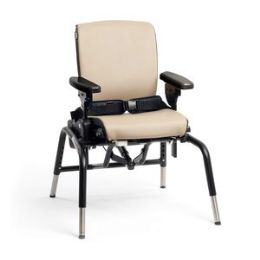
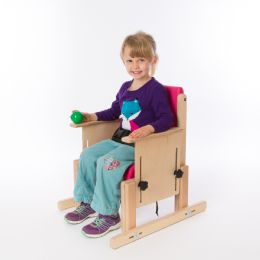
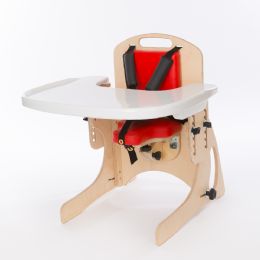
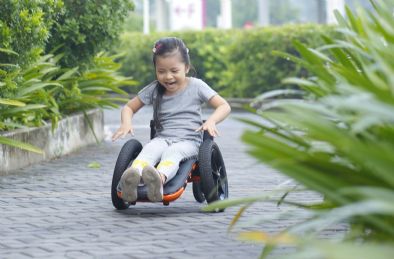
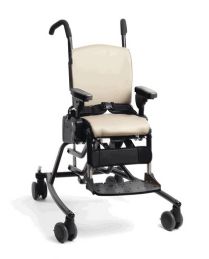
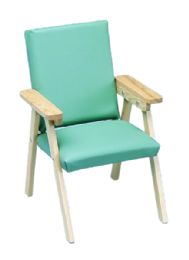

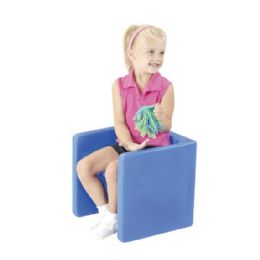

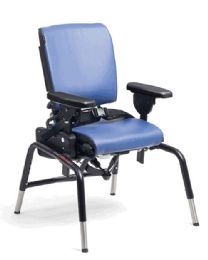
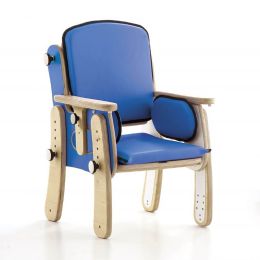

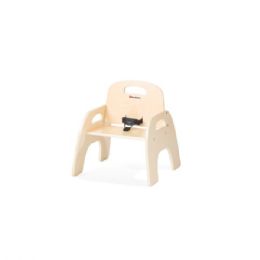
What are Pediatric Activity Chairs?
Because the special needs among children with physical and mental challenges can differ greatly, it is important to address these unique requirements with equipment that adapts to the child, rather than the child adapting to the equipment. Pediatric activity chairs offer the utmost in adaptability, highlighting a host of features to customize this specialized seating apparatus to the individualized specifications your child necessitates.
Specifically designed to offer adjustable support and positioning, pediatric activity chairs are available in numerous styles, sizes and configurations, most of which can “grow with your child”. These adaptable styles offer the capability of being utilized for many years of your child’s life, a very cost-effective option to seriously consider. Otherwise, there are activity seating choices to more specifically suit specific ages and sizes of infants, children and teens that may be preferable for your unique situation.
While many seating options for both children and adults is restrictive, limiting positioning options in order to retain symmetry, active seating options provide functional sitting to enhance muscle tone, improve posture and encourage better health. As he or she develops core muscle strength, the positioning support accessories your child initially requires may be reduced over time through the daily utilization of active seating chairs.
Who Can Benefit from Pediatric Activity Chairs?
If your child has mental or physical challenges of any kind, he or she may benefit greatly from the use of a pediatric activity chair. Children on the autism spectrum or children who have Down syndrome, traumatic brain injury, muscular dystrophy, cerebral palsy, spina bifida, sensory processing disorders or gross motor delay can all enjoy the positive mental, physical and social aspects that positioned active seating can provide.
The vast majority of activity chairs proffer such a multitude of customization options and features that they will generally accommodate just about any youngster with special needs. These highly functional chairs can be utilized for practicing healthier sitting skills while the occupant also engages in school work, tasks, activities and routines.
What Type of Pediatric Activity Chair Should I Choose for My Child?
Because pediatric activity chairs come in such a wide selection of styles that are often intended for specified purposes, we highly recommend that you consult with your child’s professional medical and therapy care team before you make your final decision.
Encompassing classroom chairs, corner chairs, kinder chairs, floor/infant sitters, portable seating inserts and other specialized active seating designs like t-stools, roll chairs, therapy chairs and more, pediatric activity chairs bring your child a world of adaptive seating choices to facilitate better health, concentration and comfort. Here is an overview to point you in the right direction:
Activity Chairs
Basic activity chairs are anything but basic—they offer a vast array of accessories, features and special options to allow you to build the chair to fulfill your own child’s special requirements. Highly adaptive, these chairs often highlight the ability to change and expand along with your child’s growth and changing developmental needs, so you can use the same durable chair for many years of your child’s life, even into their teens.
Pediatric activity chairs often include a powered hi-lo base for easier accessibility and transfers, and tilt-in-space reclining abilities for optimal positioning and comfort. Height adjustable seats, backs, leg rests, foot rests, head rests and arm rests further healthy positioning, posture and active accessibility. Some models, such as Rifton’s Activity Chair, give you the option of a standard base and/or backrest springs that allow young users with autism and other similar disorders to calm themselves through self-generated motion, or self-stimming.
Other general highlights include removable or swing-away arm and foot rests, arm rests and/or trays that provide additional trunk control and stabilization, a plethora of straps, belts, harnesses and devices for various positioning and safety, pressure relieving cushioned seats, height adjustable chair legs, caster wheels that can be locked for stationary positions or unlocked for activities and transport, and easily cleaned and maintained upholstery and frame construction. Most activity chairs are adjustable in depth, height and angle and can be employed for therapeutic, everyday use for children with mild to severe levels of physical challenges.
Infant/Early Activity Sitters and Systems
Early activity seating systems are intended for infants with special needs. As their first active seating device, it generally consists of varied versatile and flexible positional supports that can be secured onto a Velcro floor mat. Because the earliest years of a child’s life can be the most crucial for learning and development, the early activity sitters and systems can be a great opportunity to make the most of this vital life stage. Head control, trunk control, spatial awareness, balance, strength and eye-hand coordination can all be better developed through the use of early activity systems.
Pediatric Corner Chairs
With the capabilities to contribute external support for special needs kids who experience inadequate postural control of the trunk, neck or head, pediatric corner chairs assist your child in maintaining correct positioning for improved focus on activities or schoolwork while sitting on the floor.
Active Seating Portable Inserts
Specifically designed to provide positional support for both floor and table sitting, active seating inserts are great for travel and transport. These devices can be secured to any chair, stroller seat or used on the floor to improve seating posture, while the contoured format prevents the young occupant from sliding forward.
Pediatric Kinder Chairs
Highly adjustable, kinder chairs are the perfect choice for smaller and younger children. Generally offering multiple options for the utmost in postural control and proper alignment, these chairs can be used at home, early intervention centers, school and in therapy facilities. Excellent control translates to your child being more focused on learning and activity participation, while they also benefit physically.
Other Pediatric Activity Chairs
Many other styles of activity chairs are also available, including the fun T-Stool. Helpful for coordination and balance, t-stools also help engender stability and trunk control. Kids with ADHD or who can’t stop fidgeting are forced to focus on balancing when they sit on a t-stool.
Another interesting activity chair for kids is the roll chair. Roll chairs help prevent scissoring of the legs, while they also maintain proper hip abduction. Leaning chairs offer an additional activity chair alternative. Especially suited for those youngsters who love to tip chairs backwards, leaning activity chairs actually allow them to do this—to a point. The clever rolling wheel placed on a rear chair leg braces the weight of the chair as it moves back and forth, so the chair can never be tipped all the way over.
Rehabmart is proud to offer a diverse and superior quality selection of pediatric activity chairs from well-known and respected manufacturers that include Rifton, Otto Bock Health, Snug Seat, Sammons Preston, TFH, Drive Medical, Kaye Products, Inc. and many more.
Hulet Smith, OT
Rehabmart Co-Founder & CEO
ck